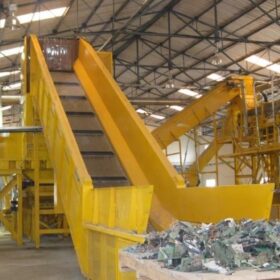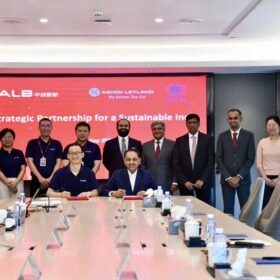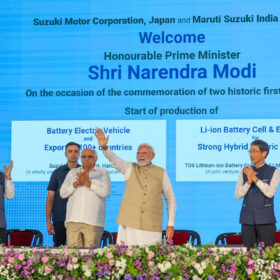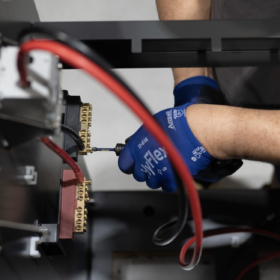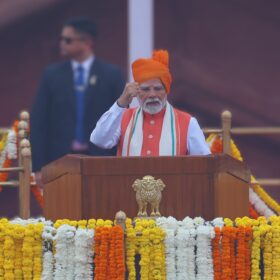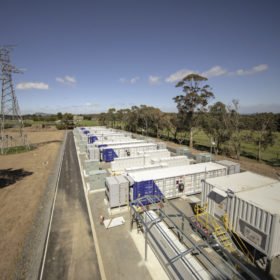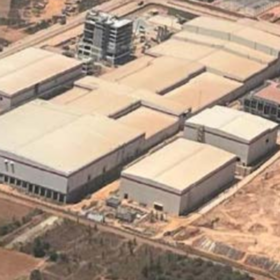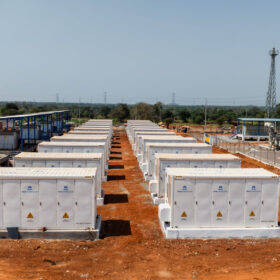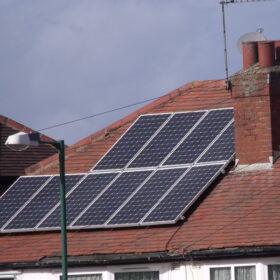Cabinet approves INR 1,500 crore incentive scheme for critical mineral recycling
The Union Cabinet, chaired by Prime Minister Narendra Modi, has approved an INR 1,500 crore incentive scheme to develop recycling capacity in the country for the separation and production of critical minerals from secondary sources.
Ashok Leyland to enter battery manufacturing
Ashok Leyland will develop and manufacture batteries for EVs and energy storage systems in partnership with China’s CALB Group.
Prime Minister Narendra Modi inaugurates TDSG’s lithium battery cell, electrode manufacturing facility
Prime Minister Narendra Modi inaugurated the next phase of India’s battery ecosystem with the start of local production of battery electrodes at TDS Lithium-Ion Battery Gujarat Pvt Ltd (TDSG), Maruti Suzuki’s fellow subsidiary.
Australia launches fund to expand battery manufacturing
The Australian Renewable Energy Agency has launched a AUD 500 million ($324 million) initiative aimed at supercharging Australia’s battery manufacturing industry and seizing opportunities associated with the global renewable energy transition.
Beyond Rhetoric: India’s clean energy investments speak for themselves
India has drawn billions of dollars into renewable infrastructure from global institutional investors, private equity firms, and corporate stakeholders. Initiatives such as the National Solar Mission, coupled with predictable tariff structures and streamlined regulatory mechanisms, have created a conducive environment for capital deployment.
Prime minister Narendra Modi unveils vision for energy self-reliance on 79th Independence Day
On the occasion of India’s 79th Independence Day, Prime Minister Narendra Modi unveiled India’s roadmap to energy self-reliance, highlighting key milestones in solar energy and green hydrogen.
Is India’s energy storage market headed for oversupply?
A recent report by SBICAPS projects that India will add 30 GW of energy storage capacity (battery storage, pumped storage, etc) through standalone and firm and dispatchable renewable energy (FDRE) projects by June 2027. This would bring the country’s total storage capacity to 36 GW—far exceeding the projected demand of around 24 GW, and possibly leading to oversupply.
Waaree Energies records INR 4,597.18 crore revenue in Q1 FY 2026
Waaree Energies Ltd has reached an order book of 25 GW—comprising 58.7% overseas and 41.3% domestic orders—valued at approximately INR 49,000 crore.
Exide Industries infuses INR 100 crore into lithium battery arm
Exide Industries Ltd has invested an additional INR 100 crore in its lithium-ion battery arm, Exide Energy Solutions Ltd (EESL), through equity subscription.
Amara Raja to commission lithium cell pilot facility by FY 2026-end
Amara Raja Energy & Mobility Ltd said its commercial pilot plant and advanced R&D centre for lithium-ion battery cells are set for commissioning by the end of the current financial year 2025–26.
